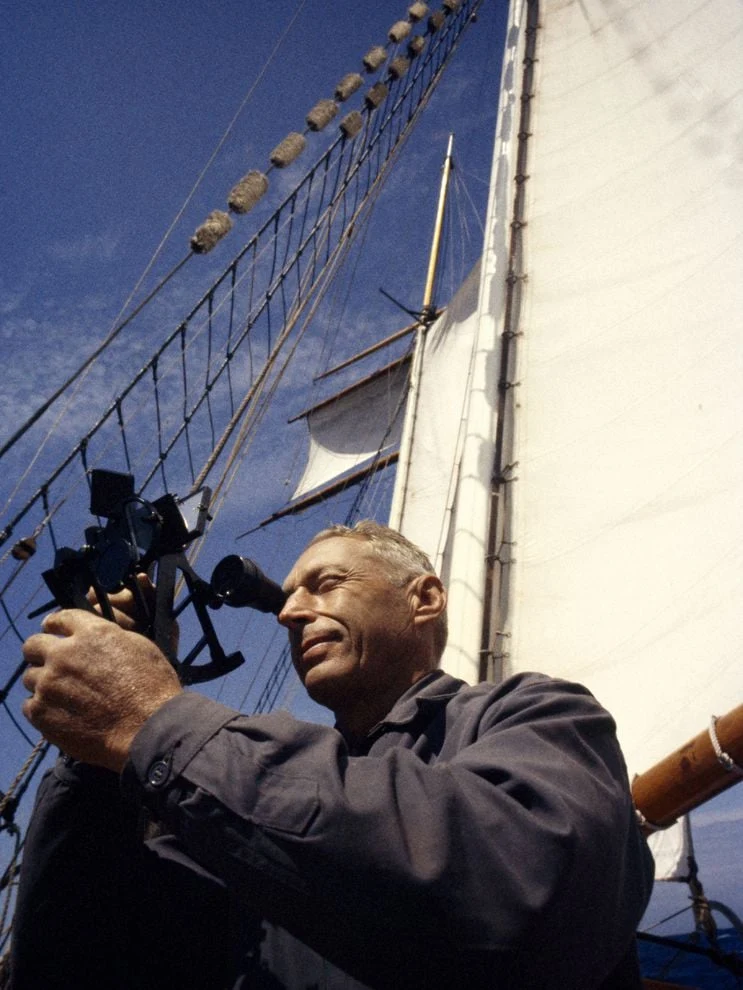Vintage Marine Sextant Found in Tagbita Shipwreck | Maritime News
In astronomy, sextant refers to an instrument with an arc of 60o that measures the altitude of celestial bodies at sea. It can measure angles up to 120o and vertical angles to find the range of an object of known height. This instrument has been employed by the early maritime navigators to determine their geographical position and is considered as the most important invention adapted to the measurement of angles.
The first sextant was made by Thomas Heath in 1735 and was in common use by the middle 18th century until the introduction of the Global Navigation Satellite Systems (GNSS) in the late 20th century.
A single-brass-framed sextant, along with glass lenses and sets of circular hinged frames, were among the significant finds of the Tagbita shipwreck found off Rizal Municipality Quezon, Palawan. The shipwreck measures 40 meters long and 12 meters wide and yielded more than 500 archaeological objects.
Most sextants were made for right-hand use such as the one from the Tagbita shipwreck but there are also left-handed examples that must have been manufactured as special commissions. Moreover, two pieces of round tubular pieces that appear to be telescopes were also found. Generally, sextants comes with one or more telescopes that had to be fixed into the telescope bracket or arm.
Interestingly, vintage sextants are still used by sailors today. While the use of modern navigational systems is greatly convenient and has many advantages over ancient marine instruments, the technology is vulnerable to hacking.
Archaeological study is very important in supporting accurate interpretation of past events, which helps in reconstructing our history. When a site is disturbed or pilfered, we lose information forever without the significant context to assist us in piecing together our story. This is much more valuable than the selfish individual’s monetary gain or enriching their personal collections.
Our heritage and recounting its narrative through material culture benefits future generations and our aspirations as a nation. If you see or have knowledge of sites being looted, report to your local government authorities immediately or contact the closest NMP office near you.
__________
Poster and text by the NMP Maritime and Underwater Cultural Heritage (MUCH) Division
©The National Museum of the Philippines (2021)





No comments:
Got Something to Say? Thoughts? Additional Information?